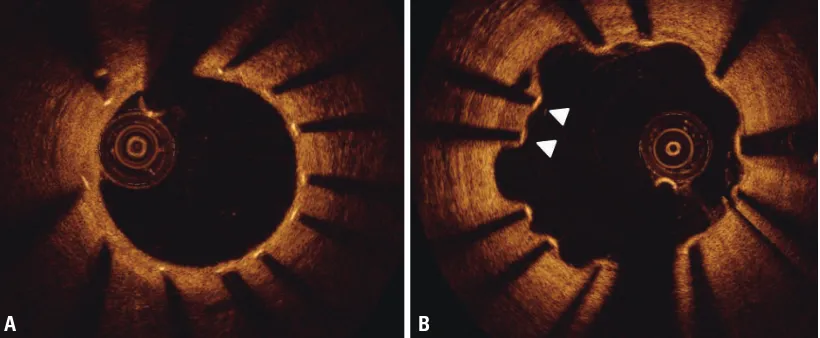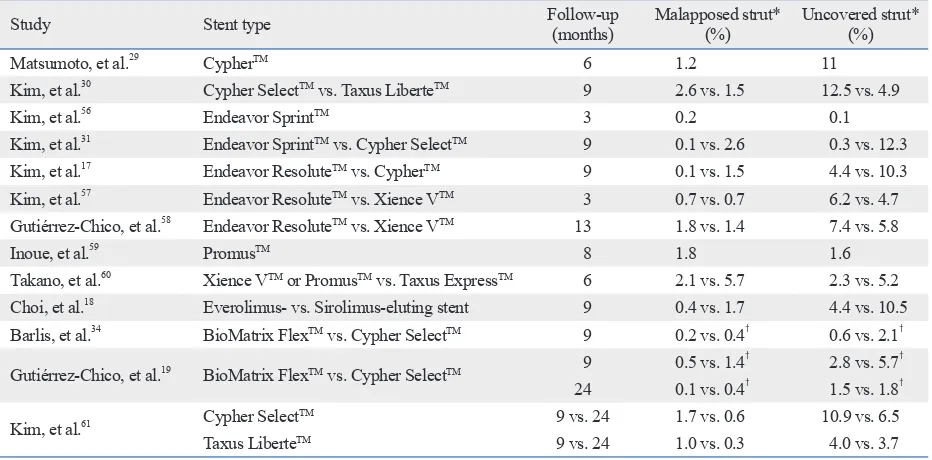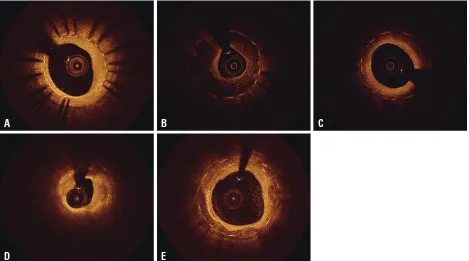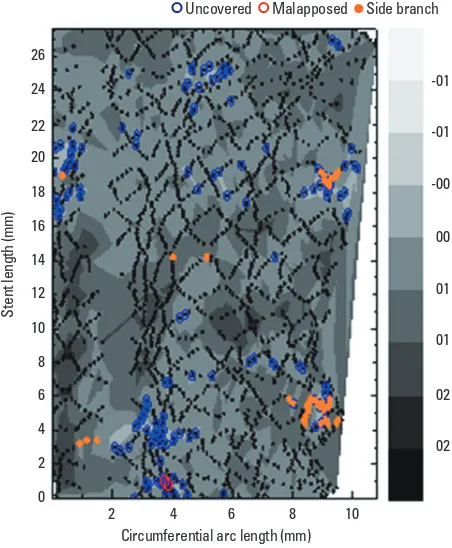Stent Evaluation with Optical Coherence Tomography
Full text
Figure




Related documents
The specific aim of this study was to conduct a systematic review of both the English and Japanese published literature on 1) the epidemiology of AD in Japan, including prevalence,
The Counseling and Development Program (C&D) at George Mason University (GMU) was used as an example for the successful implementation of multiculturalism and social
From the water fabrication plant the WSS continues to the chlorine station and the two main water tanks as well as to the distribution shaft used for water supplying
Using feature extraction method 1 and ANN Backpropagation algorithm as a classifier of arm movements, the prosthetic hand movement was further examined for its
The effect of different concentrations of grafted nanoparticles on the PES nanofiltration membrane performance and properties was investigated by scanning electron
Inter jection/inter jec.tival interrogative mood modifying Noun/nominal Animate Noun Inanimate Noun Honorific Noun Numeral Noun Non-independent Noun Plain Noun Nominal
We described a prototype of the UrbanFlood Early Warning System (EWS) that includes an AI module for sensor data anomaly detection, and a cascade of models for dike